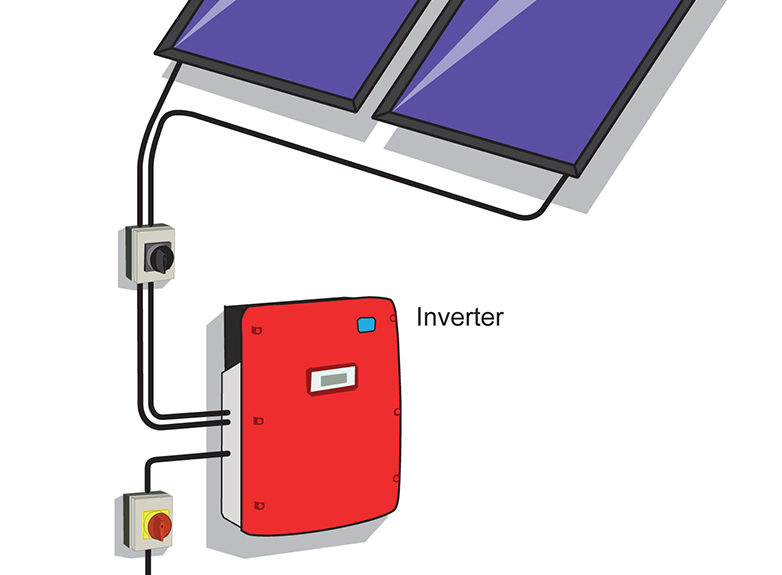The function of the anti-backflow device in a solar inverter is to prevent the flow of electricity from the solar panels back into the grid during a power outage or when the grid is down for maintenance. This device, also known as an anti-islanding protection mechanism, is a safety feature required in grid-tied solar systems to protect utility workers and prevent damage to the grid.
When the grid goes down, traditional grid-tied solar systems without anti-backflow protection could continue to generate electricity. This poses a danger to utility workers who may be working on the power lines, as the solar panels could feed electricity back into the grid, creating a potentially lethal situation.
The anti-backflow device detects when the grid power is unavailable and immediately shuts down the solar inverter, isolating the solar panels from the grid. By doing so, it ensures that the solar panels stop producing electricity and prevents any electricity generated by the panels from flowing back into the grid. This process is essential for the safety of both utility workers and the integrity of the electrical grid.
In summary, the function of the anti-backflow device in a solar inverter is to prevent the flow of electricity from solar panels back into the grid during grid outages, ensuring safety and compliance with regulations.


